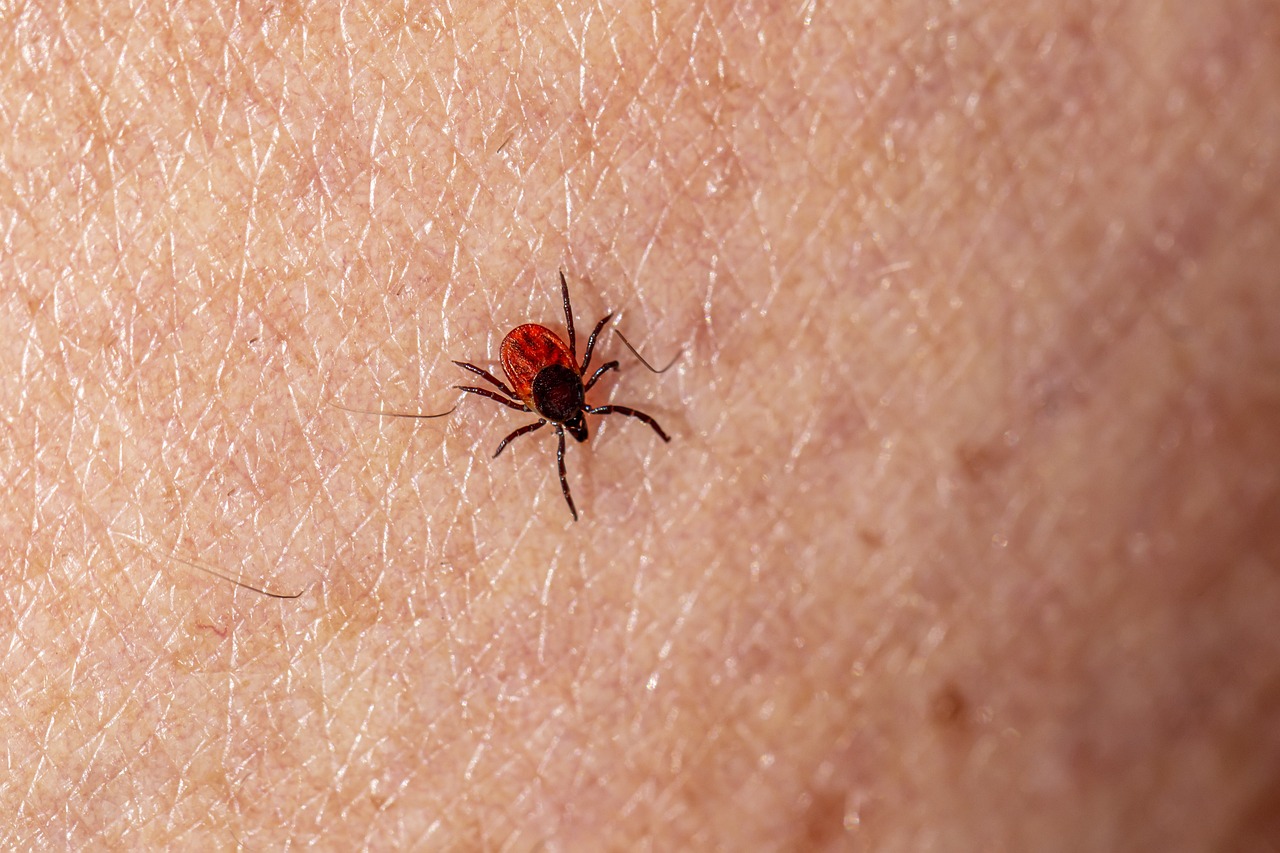Original Article: https://blog.theanimalrescuesite.greatergood.com/ticks-prefer-humans/
Flea and tick season is quickly approaching, and in some states, it’s already here. If you live somewhere that doesn’t get cold enough for long enough over the winter, you likely have to deal with them far more frequently. As climate change increases, we could be looking at them year-round in areas no one ever expected.
The problem is, you don’t have to be a hiker or an outdoorsy type to be exposed to the blood-thirsty little buggers. Your pets could be bringing them home. Unfortunately, once that happens, they could be heading for you, instead.

Tick Bites
An under-reported study that was performed a couple of years ago reported that ticks actually choose humans over dogs when temperatures rise. How did they come to that conclusion? By putting a human in a box and a dog in another one to see which the ticks preferred. Unfortunately for us, brown ticks prefer humans over dogs — not that you want Fido to be the main course.
Brown ticks carry Rocky Mountain Spotted Fever (RMSF), which can be both debilitating and fatal. The incidence of RMSF has risen in the last 20 years from 0.04 cases per million to 0.07 cases per million. That’s a two-fold increase in reports.
And speaking of two-fold increases, the almost comical study (envisioning Fear Factor right now) revealed that ticks carrying RMSF are more than twice as likely to shift their feeding preference from dogs to humans when things start to heat up.

Brown Ticks
The study, which was presented at the annual meeting of the American Society of Tropical Medicine and Hygiene (ASTMH), noted whether the ticks, which use smell to seek out a meal, crawled along a tube towards the dog or the human.
When the laboratory’s internal temperature was raised from 23.3C to 37.8C, one type of “brown dog” tick, known as the tropical lineage tick, was especially prone to shifting its trek from the box containing the canine to the box containing the person.
“Our work indicates that when the weather gets hot, we should be much more vigilant for infections of RMSF in humans,” Laura Backus, who led the study at the University of California, Davis School of Veterinary Medicine, noted. “We found that when temperatures rose from about 74F (23.3C) to 100F (37.8C), brown dog ticks that carry the disease were 2.5 times more likely to prefer humans over dogs.”

Tick-Borne Diseases
As noted earlier, there is growing concern over the increase in tick-borne diseases. Cases of Lyme disease — another tick-borne illness — have doubled over the past two decades to about 30,000 cases a year in the U.S.
Tropical lineage brown dog ticks are found across southern states like Arizona, Florida and southern California. Their range is expected to move northward as climate change causes average temperatures to rise.
Officials in California are already concerned about a flea, tick, and mosquito explosion in the state this year due to the unprecedented rainfall they saw in early 2023.

Tick Preventatives
With warmer days also on the rise, Backus stated that it was crucial to identify conditions that could increase infection risks, in part because the early stages of RMSF can easily be mistaken for common ailments with symptoms that include headaches, fever, and muscle aches.
“The findings from the use of this simple but effective laboratory experiment to gauge how rising temperatures might lead to more human infections with a very dangerous tick-borne pathogen adds to the growing evidence of the increasing connection between climate change and its impact on health,” Joel Breman, president of ASTMH, stated.
“Climate change is moving so quickly that it is critical to keep pace with the many ways it may alter and intensify the risk of a wide range of infectious diseases so we are better prepared to diagnose, treat, and prevent them,” he added.

There are at least nine ticks that carry tick-borne diseases like RMSF and Lyme disease, and you don’t want any of them. If you live someplace where they are an issue or plan on visiting an area where they’re known to be a problem, take precautions for yourself and keep your pets on flea and tick preventatives.
Source: The Animal Rescue Site Blog












